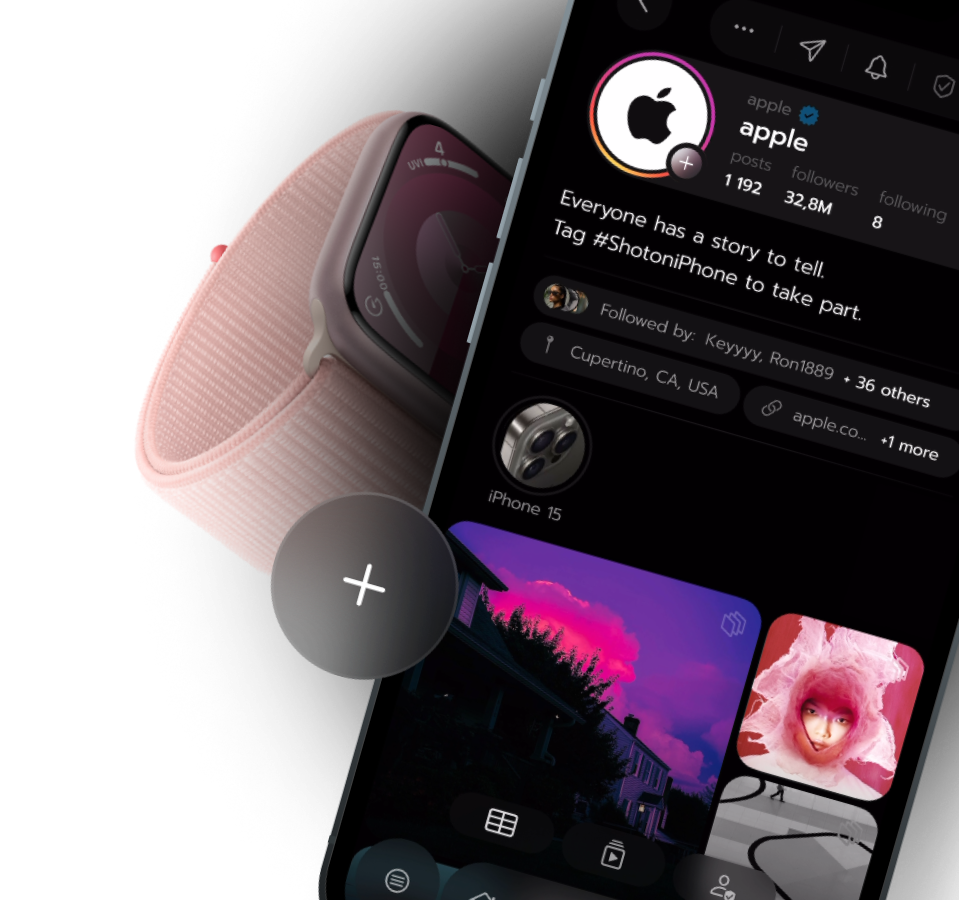How YouTube Recommendation System Shapes Content Discovery in 2025
 19 February 2025
19 February 2025YouTube’s recommendation system in 2025 is more advanced than ever thanks to AI.
For content creators, understanding how the algorithm works is key to increasing visibility and engagement.
In this article, we’ll break down the key factors influencing content discovery and provide actionable tips to help you optimize your videos for maximum reach.
How the YouTube Algorithm Works in 2025
The YouTube algorithm in 2025 focuses on user behavior to decide which videos to recommend. It studies different factors to keep users watching.
1. Watch Time and Engagement
YouTube says watch time is one of the most important factors in ranking videos. The longer users watch a video, the better it performs. If users stop watching early, the video may not reach more people.
Engagement also matters. When users like, comment, or share a video, the system sees it as valuable. But if many users dislike a video or stop watching too soon, YouTube may show it less.
2. Personalization and Watch History
The system tracks your watch history to suggest videos you might like. If you watch a certain type of content often, you will see more of it. YouTube adjusts recommendations based on your past behavior.
It also looks at what similar users watch. If many users with your interests enjoy a video, it may appear in your feed. This helps YouTube keep recommendations relevant.
3. AI-Driven Content Suggestions
AI helps break down the YouTube algorithm into different steps. It tracks every action you take on the platform. If you pause, rewind, or rewatch a video, the system takes note.
The algorithm also considers your search query. If you look up a topic, YouTube may suggest related content. This helps you find videos that match your interests.
4. Trending Topics and Fresh Content
YouTube algorithm according to YouTube insiders also boosts trending topics. If many users search for a subject, the system promotes videos on that topic. This makes it easier to find new and popular content.
New videos also get a chance to perform well. If a video gains views and engagement quickly, the system may push it to more users. This gives fresh content a better chance to succeed.
5. Session Time and Metrics
The algorithm according to YouTube insiders values session time. If a video leads you to watch more videos, YouTube sees it as a success. The longer users stay on the platform, the better a video ranks.
Metrics guide the system. It tracks how often users return, which videos they skip, and how long they stay. Every video watch helps YouTube learn what keeps users engaged.
| Ranking Factor | Importance (%) | Reason |
|---|---|---|
| Watch Time and Engagement | 35% | YouTube prioritizes videos that keep users watching longer and encourage interactions like likes, comments, and shares. |
| Personalization and Watch History | 25% | The system tailors recommendations based on individual user preferences and past viewing behavior. |
| Session Time and Metrics | 20% | YouTube favors videos that lead users to watch more content, increasing overall time spent on the platform. |
| Trending Topics and Fresh Content | 12% | Videos on trending subjects get an initial boost, helping them reach a wider audience quickly. |
| AI-Driven Content Suggestions | 8% | AI fine-tunes recommendations based on user actions like pauses, rewatches, and search queries. |
What Influences Content Discovery?
YouTube recommends videos based on user behavior. It studies how users interact with content to decide what to show next.
Viewer Behavior and Watch History
Your watch history plays a big role in content discovery. If you watch a certain type of content often, YouTube suggests similar videos. It also looks at your search history to understand what interests you.
The algorithm tracks how long you watch a video. If you watch a video from start to finish, it is more likely to be recommended to others. If you skip or leave early, YouTube may not push similar videos to you.
Importance of CTR, AVD, and Session Time
Click-through rate (CTR) matters for content discovery. If users see your video thumbnail and click on it, YouTube sees it as a good sign. A higher CTR increases the chances of your video reaching more people.
Average View Duration (AVD) is also important. If people watch most of your video, YouTube sees it as valuable. A longer AVD improves your ranking.
Session time is another key factor. If your video leads users to watch more videos, it boosts your chances of getting recommended. Keeping users on the platform is a priority for YouTube.
The Role of Niche Targeting and Content Clusters
YouTube is a massive video search engine. Targeting a specific niche helps you stand out. If your content focuses on one topic, YouTube understands who should see it.
Content clusters help your videos perform better. If you create multiple videos on a topic, YouTube links them together. This increases the chances of users watching more of your content.
YouTube insiders and share tips on how to grow faster. They say new content gets a chance to perform if it matches user interest. Using this knowledge to your videos can improve reach. Content that actually works follows the algorithm’s key ranking signals.
From concept to deployment—our team delivers custom web and mobile apps tailored to your business goals.

Tips for Applying This Knowledge to Your Videos
If you want more people to watch your videos, you need to understand how YouTube decides what to recommend. YouTube looks at watch time, engagement, and user behavior to rank videos. Here are some tips for applying this knowledge to your content.
Tip 1: Optimize Thumbnails and Titles for Higher CTR
Your thumbnail and title decide if someone clicks on your video. A clear and attractive thumbnail grabs attention. A strong title makes users curious.
You should avoid using clickbait. If users feel tricked, they might leave fast. This hurts your ranking. Instead, make sure your title and thumbnail match the content.
Using keywords helps with YouTube SEO. The right keywords help YouTube understand your video. This makes it easier for your content to be recommended to users.
Tip 2: Structure Your Content to Maximize Retention and Session Time
Your video needs to keep viewers watching. The first few seconds matter the most. If viewers leave early, YouTube might feel your content is not engaging.
Hook your audience right away. Tell them what they will learn or why they should keep watching. Keep the pace steady so viewers don’t lose interest.
Encourage viewers to watch more videos. Suggest related content and figure out ways to connect your videos. If users stay on the platform longer, your videos will rank higher.
Tip 3: Leverage Trends and AI-Generated Insights for Content Planning
Trends help you get more views. If a topic is trending, making a video about it can bring in new viewers. But don’t copy content you like. Add your own unique take.
AI tools can help you create better-performing content. They analyze what works and share tips for applying successful strategies.
Even multi-language content can reach more viewers. YouTube now recommends translated videos to users who watch in different languages. If you have an especially charming personality, you can build a strong audience across different regions.
Conclusion
Understanding how YouTube’s recommendation system works can help you grow your audience and increase engagement. By optimizing your thumbnails, structuring your content for retention, and leveraging trends, you can improve your video’s reach.
At The Attract Group, we specialize in helping creators and businesses navigate YouTube’s evolving algorithm. Our expert team offers professional YouTube SEO, content strategy, and AI-driven insights to help you maximize your success on the platform. Contact us today to take your YouTube channel to the next level.
FAQs
How can I make sure my videos stand out in YouTube’s Trending Feed?
To increase your chances of appearing in YouTube’s Trending Feed, focus on high engagement and watch time. Your video should get strong interaction within the first few hours of posting. Collaborations with popular creators can also help. If your content gains rapid traction, you’ll discover something new—YouTube’s algorithm favors videos that drive discussions and shares.
Does background music affect how my video is ranked?
Yes, background music can impact viewer retention. If it’s not appealing, users may leave early, reducing your video’s performance. Make sure the music matches the tone of your content. Also, use royalty-free music to avoid copyright issues, as YouTube may limit the reach of videos with unlicensed tracks.
Instead of “How do I go viral?” what should I focus on for long-term growth?
Instead of “How do I go viral?” focus on consistent quality and niche authority. Viral moments are unpredictable, but steady content creation builds loyal viewership. If you didn’t love creating a video, your audience will notice. Long-term growth comes from videos that provide value, encourage return visits, and keep viewers engaged over multiple uploads.
How does YouTube decide which recommended videos to show after a video you’ve watched?
YouTube uses a mix of factors, including your watch history, engagement patterns, and even a video’s survey results. If users rate a video positively after watching, YouTube is more likely to recommend similar content. The algorithm also considers how often users click on a suggested video and how long they stay on it.
I’ve been worried about misinformation. How can I ensure it’s accurate when making content?
If you create educational or news-based content, fact-checking is key. YouTube prioritizes content from trusted sources, and misleading information can hurt your credibility. To ensure it’s accurate, cite reliable sources, avoid clickbait, and regularly update your content when new information becomes available. If viewers report a video for false claims, its visibility may decrease.










